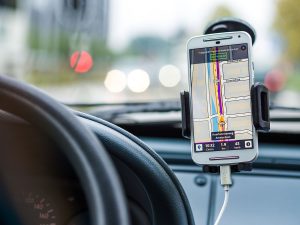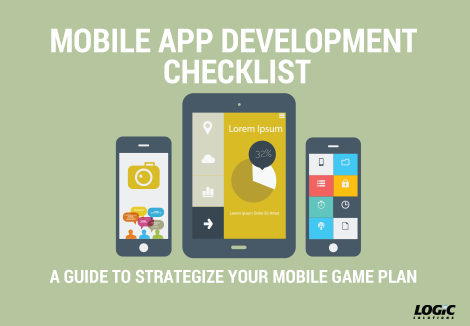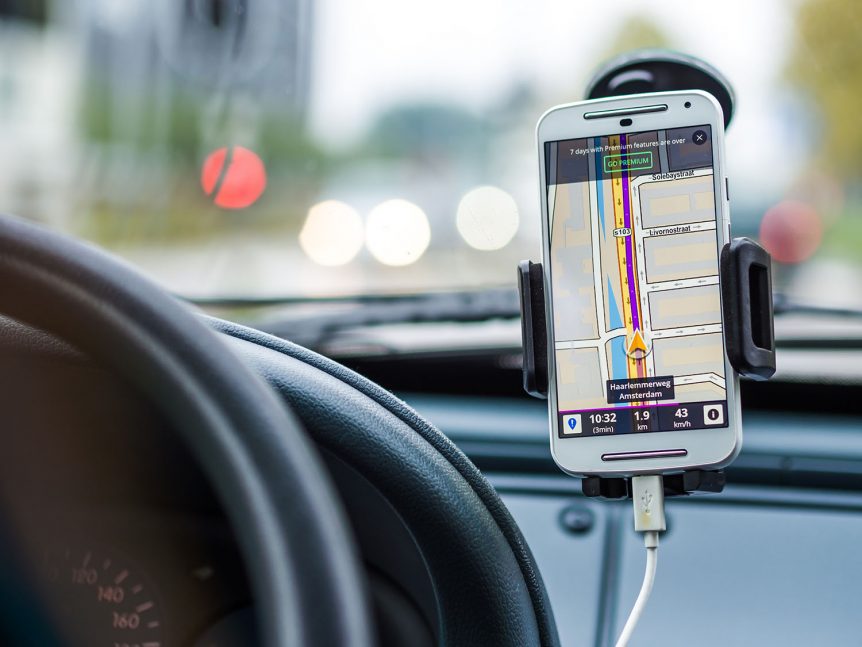
The word “nomophobia” is a combination of the words “no mobile” and the suffix “-phobia.”
Although it isn’t a formally recognized disorder, nomophobia, or “battery anxiety,” is the feeling of unease you may experience when thinking about your mobile phone dying, and not having any way to recharge it. In a study conducted at the 2015 Consumer Electronics Show, the majority of respondents listed battery life as their top priority for new smartphones.
The sales of portable battery packs have skyrocketed since the release of the infamously power-draining Pokémon Go; over a two-week period in mid-July 2016, sales grew 101% and have continued to increase 35% year-over-year. Although the popularity of that particular app has decreased, some of the worst apps for your battery are also the most popular: Facebook, Twitter and Skype all cause a significant strain, even when they’re only running in the background.
However, we can expect better batteries to become increasingly common, and leading the way is the 2017 Galaxy A5, poised to change the industry standard of six hours after reaching an incredible 11 hours and 9 minutes in a PhoneArena battery test.
But what can your company do with the phone battery that customers currently have? Battery-draining apps mean that the user can’t engage with your product as long, and may lead to users removing your app from their device.
Here are a few things to keep in mind while creating an app:
1. Ask users to pay for the app.
A research team from Purdue University and Microsoft found that up to 75% of in-app battery use comes from the advertisements. Additionally, many app developers don’t have access to the client code, leaving them unable to create a battery-efficient, ad-serving application.
2. Minimize background processes.
Some apps can take up a lot of battery life when they run in the background, especially apps that use data-heavy processes like GPS tracking. A developer is able to throttle the rate of data usage, although this process isn’t always intuitive; data caching can reduce the battery cost of wireless communication.
 3. Hire smart.
3. Hire smart.
When creating an app, make sure that your developer is following industry best practices and has the app’s impact on your users’ battery life in mind. Download this checklist of seven things CEOs should consider when hiring a mobile developer to choose the right developer for your project.
4. Be aware of the latest tech improvements.
If you’re an app developer, it goes without saying that staying on top of the goings-on in the industry is vital to your success. But if your company is just starting to look into app development, a good place to start is at a workshop or a developer forum. Another good idea is checking in with an experienced app developer to before you start fleshing out your product.
There are a lot of moving parts to consider when developing a mobile application for the first (or fortieth) time. But by making intelligent design choices and working with an experienced developer, you can create an app that makes your customer happy and keeps battery anxiety at bay.

Want to optimize your mobile app?
Logic Solutions is happy to assist!
Check out what we have to offer in mobile strategy, development, design, and support!
Find your perfect mobile solution


 3. Hire smart.
3. Hire smart.